5.1 Electric fields
Charge
Electric chargemeasured in Coulomb (C) can either be positive or negative, where charges with the same sign repel each other and changes with the opposite sign attract.
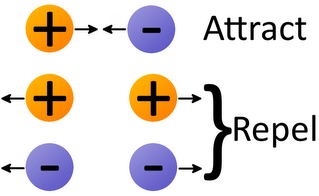
A neutrally charged particle has equal amounts of negative and positive charge.
Electric charge is conserved.
Charge of electron is -1.602 x10-19 and charge of a proton is 1.602 x10-19.
Conductors
Conductors allow the pass of electric charge, due to free electrons in the solid.
Examples of conductors: metals, aqueous solutions of salts, graphite.
Insulators (noncondutors) do not allow passage of charge.
Examples of insulators: plastic, glass, styrofoam and wood.
Semiconductors are materials which have a conductivity between conductors (generally metals) and nonconductors (ceramics).
Examples of semiconductors: silicon, germanium, gallium arsenide or cadmium selenide.
 Superconductors
Superconductors
Electric field
The direction of the field at a point is equivalent to the direction of the field line passing through that point (arrows from the positive pole to the negative pole).
The magnitude of the field at a point corresponds to the density of the field lines around that point. For a uniform electric field, the field lines are straight, parallel and equally spaced.
Electric field strength (E) is the force per unit charge experienced by a positive test change placed in a field.
Uniform electric field

Electric field strenght
Non-uniform electric field
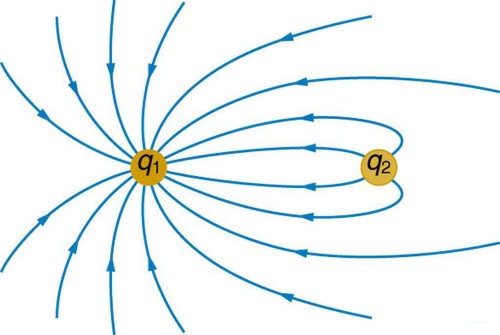
Electric field strenght
Coulomb’s law
*F is measured in newtons.
The Coulomb's law equation provides an accurate description of the force between two objects whenever the objects act as point charges (charged conducting sphere interacts with other charged objects as though all of its charge were located at its center).
Video explanationElectric current
Electric potential difference allows for the flow of charge through a medium.
The rate of flow of charge is the currentmeasured in Amperes (A).
The direction of a conventional electric current is opposite to the direction of electron flow.
Electron current vs. Conventional current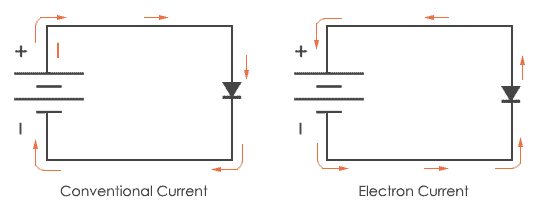
Direct current (DC)
Direct current is the one directional flow of electric charge.
Examples of DC: batteries, dry cells. AC can be converted into DC for many applications using a rectifier.
 Why use AC over DC at home?
Why use AC over DC at home?
Potential difference (PD)
The electric potential difference is also called voltage (V).
Voltage is the energy per unit charge
*Water analogy
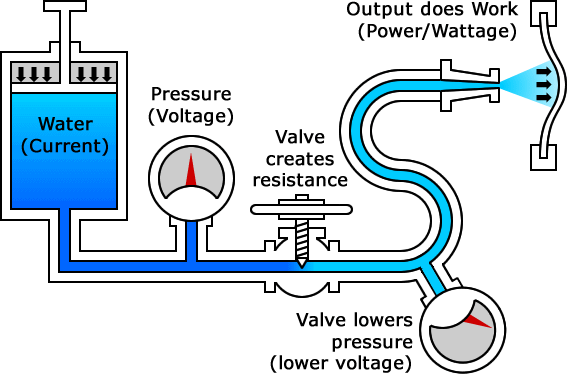
5.2 Heating effect of electric currents
Circuit diagrams
An electric circuit is an interconnection of electrical components in a closed loop.

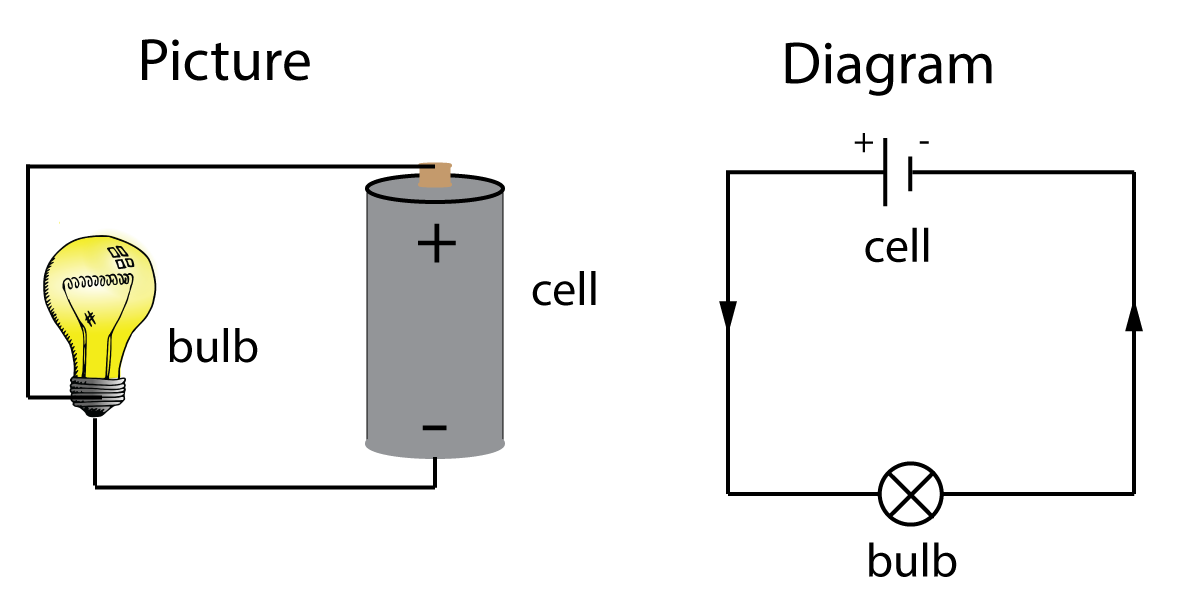
Resistors
The resistance (R) of an object can be seen as a measure of opposition to electric current through the object.
A resistor with adjustable resistance is called a variable resistor.

Resistors can be connected in series or in parallel.
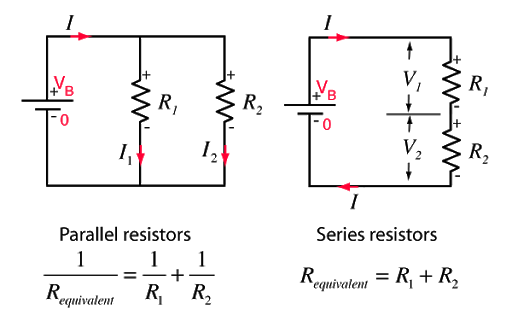 Video explanation
Video explanation
| Voltmeter | Ammeter |
|---|---|
| Used to measure the potential difference between two points | Used to measure the current passing through a point |
| Should be connected in parallel with the components | Should be connected in series at the point of measurement |
| An ideal voltmeter has infinite resistance | An ideal ammeter has zero resistance |
 |
 |
Kirchhoff’s circuit laws
Kirchhoff’s junction rule is a statement of the conservation of charge flow per time. The sum of all currents flowing into a junction must equal the sum of all currents flowing out.
Kirchhoff’s loop rule is a statement of the conservation of electric potential energy per charge. For a complete loop of an electrical circuit all of the electric potential rises added together must equal all of the electric potential drops added together.
Ohm’s law
Ohm's law states that the current through a conductor between two points is directly proportional to the voltage across the two points.
A conductor which obeys Ohm’s law has a constant resistance and is called an Ohmic conductor. A non-ohmic conductor portrays a graph that does not have a constant slope.
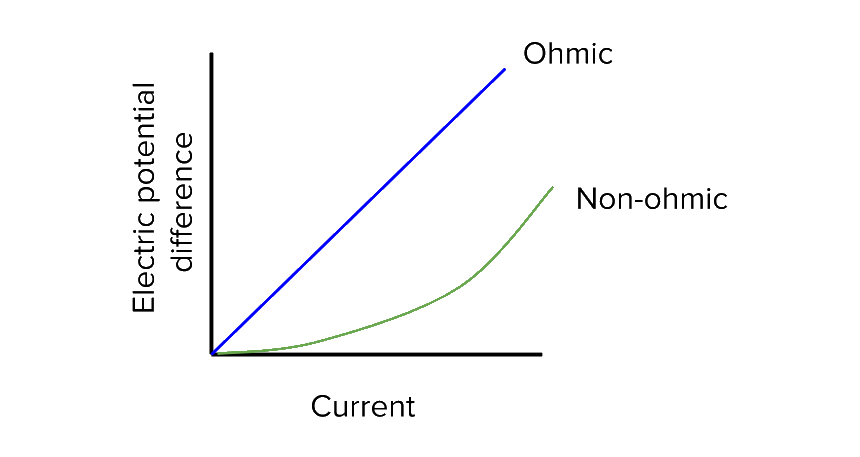 Great video explanation
Great video explanation
Resistivity
The resistance of an object is proportional to its length (L) and inversely proportional to its cross-sectional area (A).
Power dissipation
*Electrical energy is “lost” as heat energy or other forms of energy that are not considered useful over time.
5.3 Electric cells
Cells
An electrical cell is an "electrical power supply". It converts stored chemical energy into electrical potential energy, allowing a current to flow from the positive terminal to the negative one via an external circuit
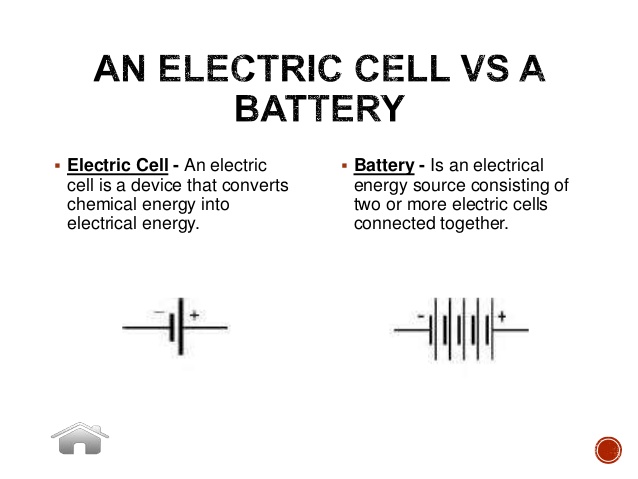 Chemistry behind cells
Chemistry behind cells
Internal resistance
Internal resistance refers to the opposition to the flow of current offered by the cells and batteries themselves resulting in the generation of heat. Internal resistance is measured in Ohms.
Video explanation in detailSecondary cells
A secondary cell battery can be recharged by passing the current the opposite way from the discharge.

Terminal potential difference
Terminal voltage is defined as the potential difference across the terminals of a load when the circuit is on. It is smaller than EMF due to internal resistance.
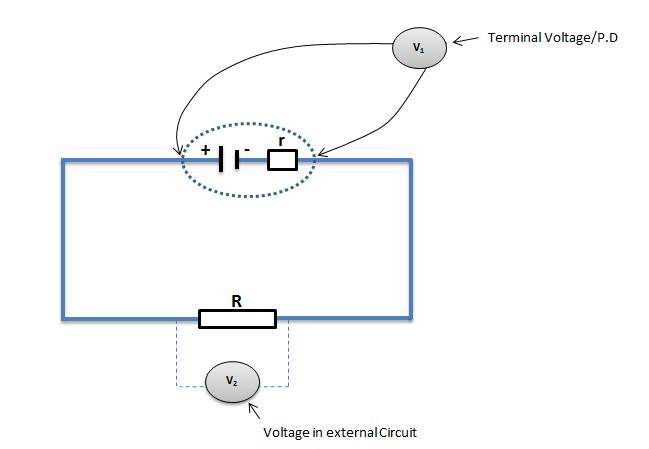
Electromotive force (emf)
Electromotive force is defined as the electric potential produced by either electrochemical cell or by changing the magnetic field. It is measured in Volts.
5.4 Magnetic effects of electric currents
Magnetic fields
A magnetic field is a vector field that describes the magnetic influence on moving electric charges, electric currents, and magnetized materials.
Unit of magnetic field is Tesla (T)
Magnetic fields can be graphically represented using magnetic field lines.
The direction of the field at a point is equal to the direction of the field line passing through that point. The magnitude of the field at a point corresponds to the density of the field lines around that point.
Magnets (the field lines go from N to S)

Wire with current
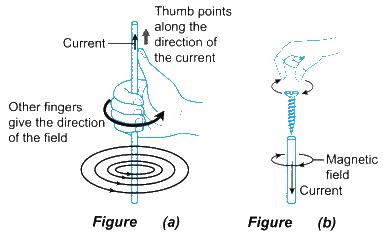
Solenoid with current
 Video explanation
Video explanation
Magnetic force
The force on a current-carrying wire in a magnetic field is

The force acting on a moving charge due to a magnetic field is

Magnetic force is always perpendicular to velocity, so that it does no work on the charged particle. The particle’s kinetic energy and speed thus remain constant. The direction of motion is affected, but not the speed. This is typical of uniform circular motion.
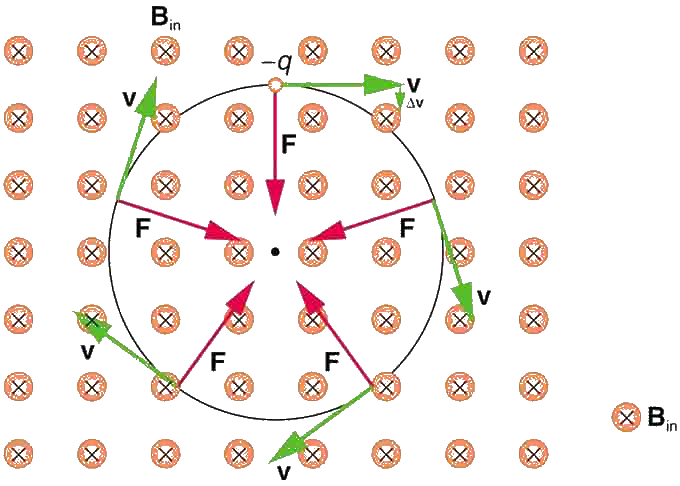
Topic 5 problems
Number of correct answers: